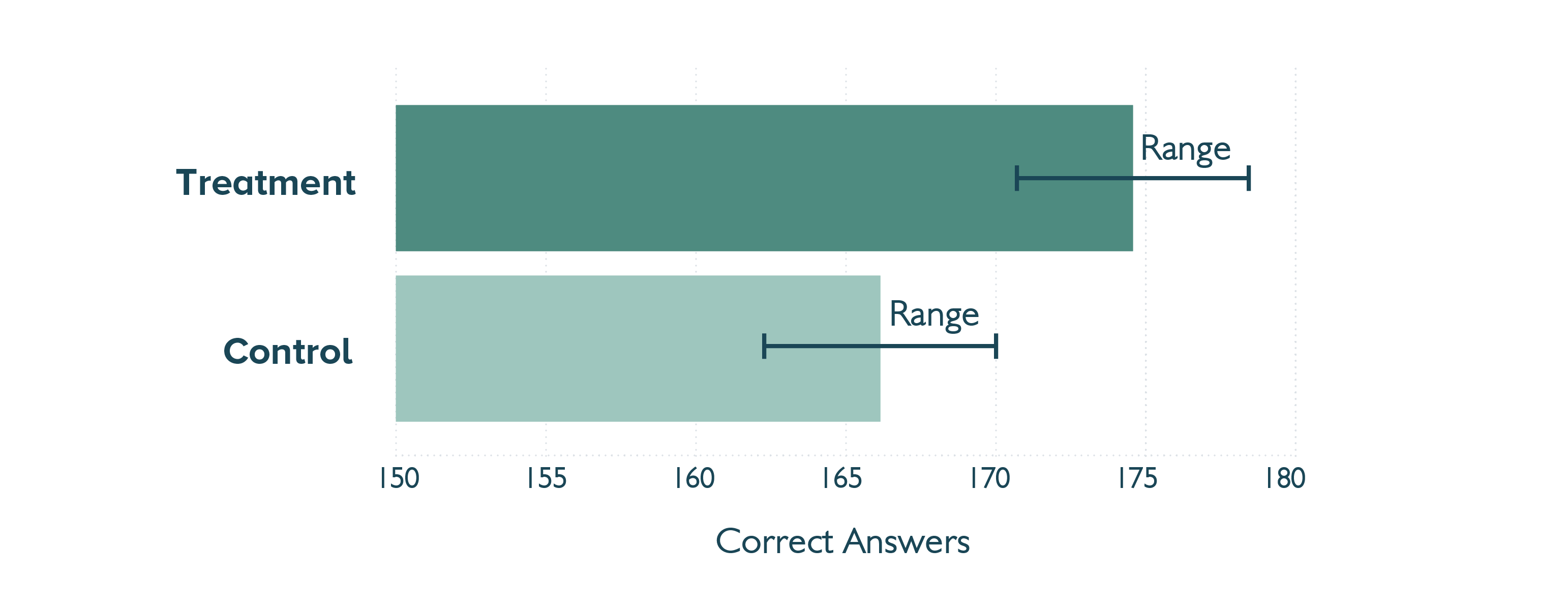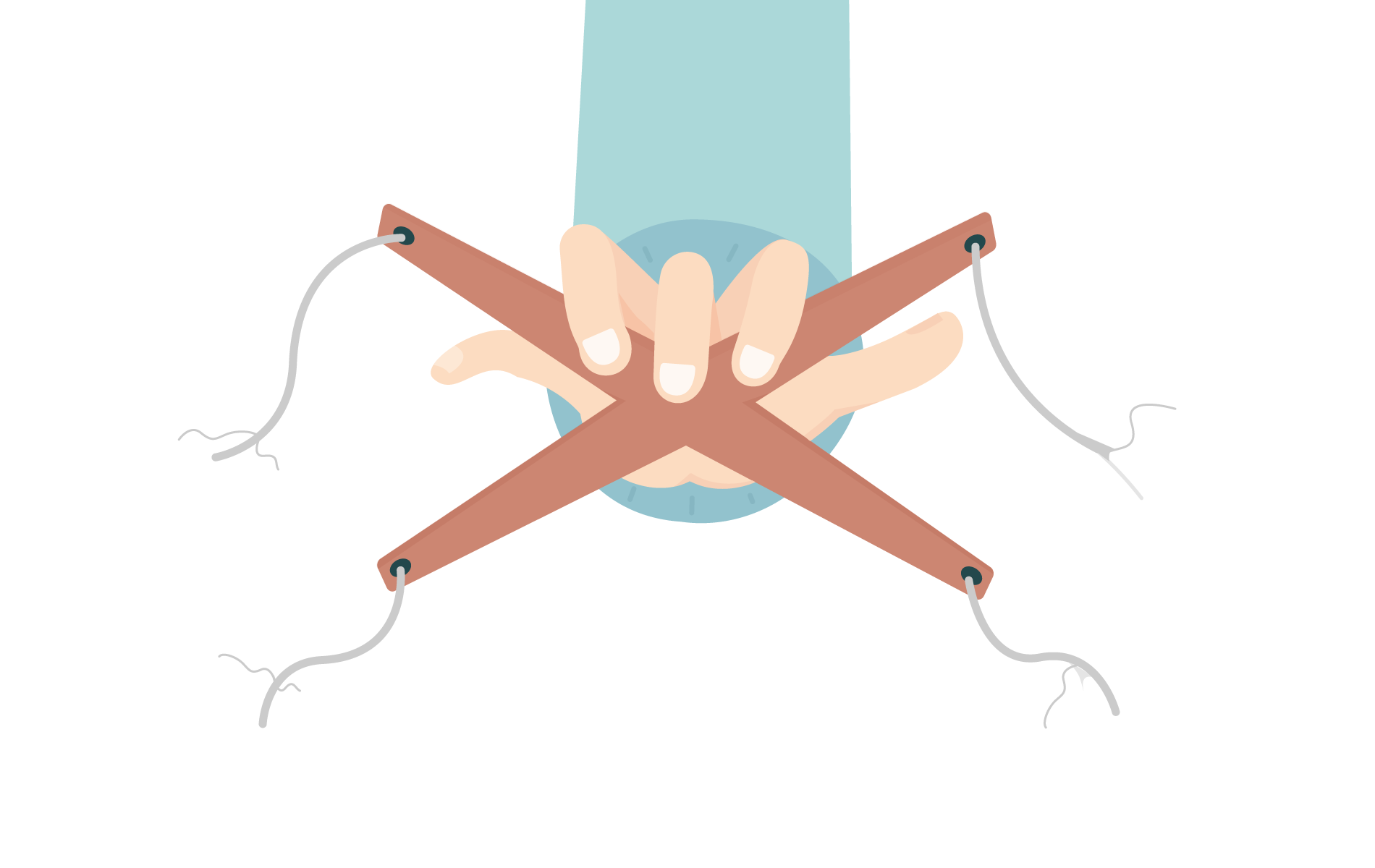How autonomy influences mood and productivity
The impact of autonomy and trust on work behaviors is a field that’s been studied over a long period, but most of the research has generally been measured by self-report data. This study from last year “Autonomy Raises Productivity: An Experiment Measuring Neurophysiology” aimed to build on that by using a neuroscientific approach to shed more light on how greater autonomy affects individual and team performances and influences mood. One of the people involved in the study was Paul Zak, a leading researcher in the neurological mechanisms that lie behind cooperation, trust and generosity and one of the first scientists who integrated neuroscience and economics into the discipline of neuroeconomics.
The behavioral neuroscience experiment set out to explore the neurological mechanisms that are at play when someone feels a greater sense of autonomy, and the impact on team productivity. One hundred people were included in the study (51 females and 49 males), with an age range of 18 to 69 years old. A mixture of undergraduates, graduates and local community members took part. The experiment participants were randomly allocated into either the control or treatment group, with 50 participants each. Both groups had an equal distribution from a statistical perspective in terms of demographics.
The study timeline
The study timeline involved participants answering surveys, watching a video, making a contribution decision in the public goods game and also working as a team to solve maths problems in the group productivity task.

The surveys were used to gather information about demographics, motivation, mood and closeness to others. The changes in the mood and “closeness to others” responses provided insights into the subjective psychological responses to the stimuli used. Arousal levels were measured using cardiac and electrodermal activity measures, including skin conductance levels (SCLs).
Influencing the locus of control
Before the behavioral activities, all participants watched a three-minute video. The treatment group watched a video discussing how work colleagues can be given greater autonomy to become more effective team members. It was used to test the hypothesis that by influencing their perceived locus (sense) of control, there would then be increased effort towards team goals. The control group also watched a video but while it was delivered in a similar style, the topic was how work-flow software could increase productivity.

The expectation was that the video shown to the treatment group would create a neurological response resulting in a change to their psychological states that would affect productivity and mood. It was designed to increase their locus of control, making them feel empowered in taking ownership over their work and providing more creative solutions.
The activities
Participants then played the Public Goods Game where they had to contribute some, all, or none of their endowment to a common pool. All contributions were doubled and evenly split between the group, but members didn’t know the results until the pay-out (so they didn’t know what others were doing).
The second task measured team productivity with participants given maths problems to solve together to quantify the team’s ability to rapidly organize themselves to achieve a goal. They had two minutes to develop a strategy as a team, then three minutes to give their answers. If they achieved 75% or more correct answers each participant earned $10. Otherwise they earned nothing.
So what did the experiment reveal?
The experiment aimed to understand more about why employees who feel empowered are more productive. So what were some of the findings?
Both videos caused an increase in SCL (a measure of arousal) from the baseline. The autonomy stimulus (the video) increased average productivity in the treatment group in the group productivity task. There was a linear relationship between the change in SCL and individual and team productivity, indicating that increased arousal levels led to improved team outcomes because of increased effort towards the group goal.

The link between autonomy, mood and productivity
The autonomy video also increased positive affect (mood) by 31%. But one discovery was that the positive mood changes as a result of the video did not appear to relate to the productivity improvements that were seen. And higher SCLs actually reduced positive mood.
The study authors highlight previous research that suggests both insufficient but also extreme arousal can reduce job performance. A higher level of autonomy, feeling socially supported and having balanced job demands can help employees stay in the middle arousal zone – and that appears to be the zone that enables performance and wellbeing to be at an optimal level. Employees who feel they aren’t trusted to control their work, yet are also trying to deal with high job demands can end up with lower performance levels.
In this experiment, changes in individual productivity had a positive influence on mood change from the baseline to the post-work period. This suggests productivity increases positive affect rather than the other way round. In other words, being productive enhances mood. When it came to individual productivity, the study also found that the impact of effort was enhanced by intrinsic motivation. Despite only being able to earn $10, participants with higher levels of intrinsic motivation were more productive and had an improved mood.
Participant earnings had minimal impact
The researchers noted that there wasn’t a correlation between performance or mood with participant earnings. That could be an indication that it was the impact of the more intangible elements like autonomy that had a motivating effect which led to increased productivity and a positive mood, rather than pay. That’s something that should be of interest to organizations. Of course, it doesn’t mean that companies can ignore the need to offer a fair level of pay (and there will be varying degrees of perception about what a fair level of pay is). But assuming employees are generally satisfied with the level they’re given, this research adds to the evidence that companies can explore other ways of elevating performance and productivity without always needing to rely on salary increases.
Interventions could have potential for shaping the locus of control
The authors of the paper recognize there were limitations to the study. The people who took part were mainly students. The research was carried out in laboratory conditions rather than in a company. The tasks themselves didn’t reflect the often highly complex work carried out by people or its varied nature.
But it’s never possible to make sweeping generalizations based on one piece of research anyway. What the experiment does do is add to the body of evidence that’s enabling a clearer understanding of the complex mechanisms that lie behind autonomy and feeling trusted. This study does back up many self-report studies, with the outcomes of the research providing more insights into the complex and subtle relationships between productivity levels, mood and a sense of autonomy. Ultimately it suggests that interventions designed to increase employees’ loci of control may well have potential for improving mood, strengthening relationships with colleagues and enhancing performance overall.


 30 ideas to help a new starter in their first week
30 ideas to help a new starter in their first week
 The value of external feedback in the workplace
The value of external feedback in the workplace
 Expand the power of recognition with Partner Appreciation
Expand the power of recognition with Partner Appreciation